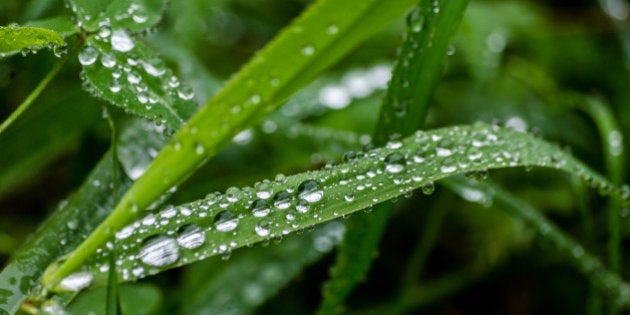
If you think your home provides an adequate refuge against India's alarmingly increasing rate of air pollution, think again. According the World Health Organisation, indoor air is the second biggest killer after blood pressure in India, claiming over 1.3 million lives every year.
One of the simplest, cost-effective and greenest ways of combating this problem is selecting the right kinds of plants that will manufacture clean air inside your home. Plants that boast a high transpiration rate — the rate at which they release moisture and absorb carbon dioxide and other gaseous elements — are an ideal investment (such as the bamboo palm), as are plants that produce oxygen by night, and low amounts of carbon dioxide by day (like the snake plant, also known as mother in law's tongue).
The CEO of Paharpur Business Centre (allegedly Delhi's greenest building), Kamal Meattle went through NASA's research on the best indoor plants. Apart from the three that adorn his office and home (snake plant, money plant and areca palm), here are others he recommends using his own personal findings as well as NASA's research for any home.
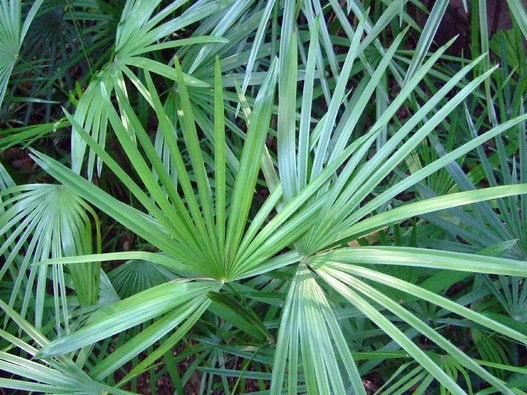


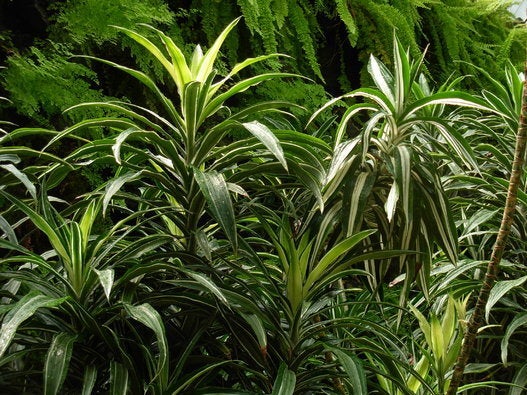
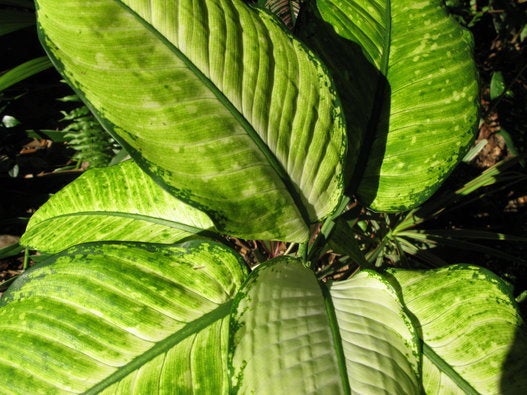
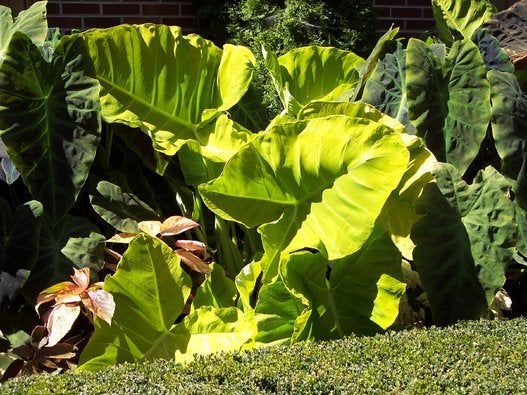

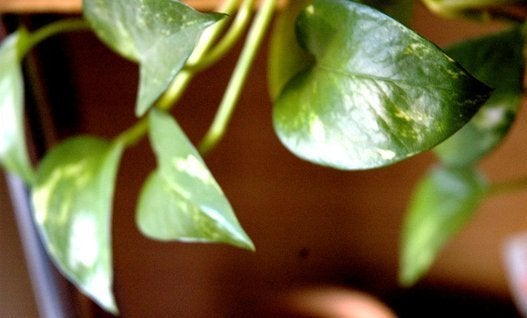
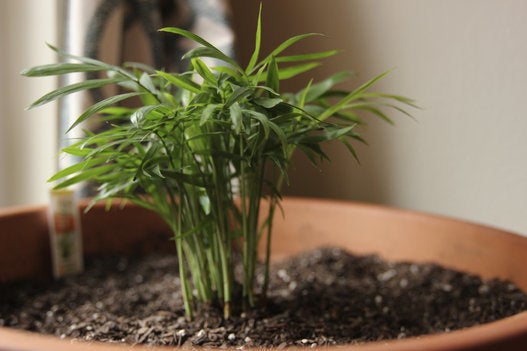
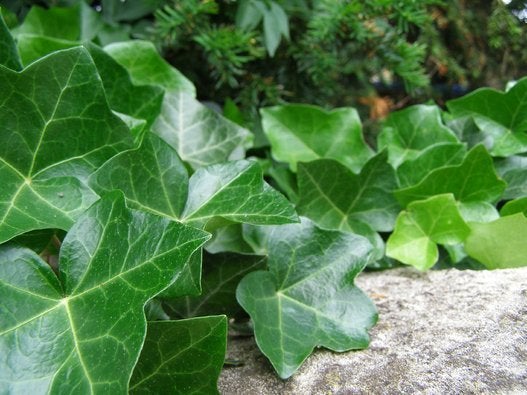
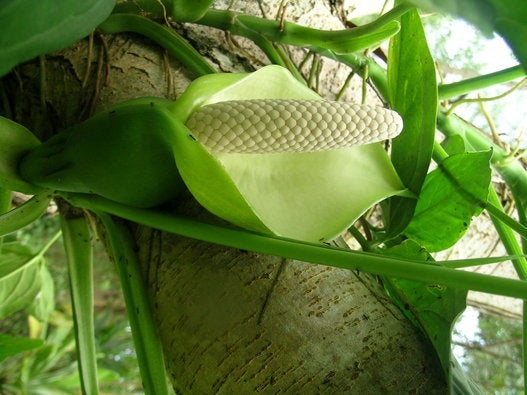
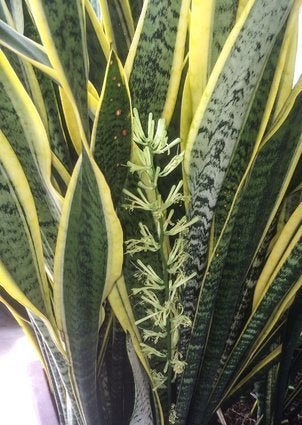



Contact HuffPost India